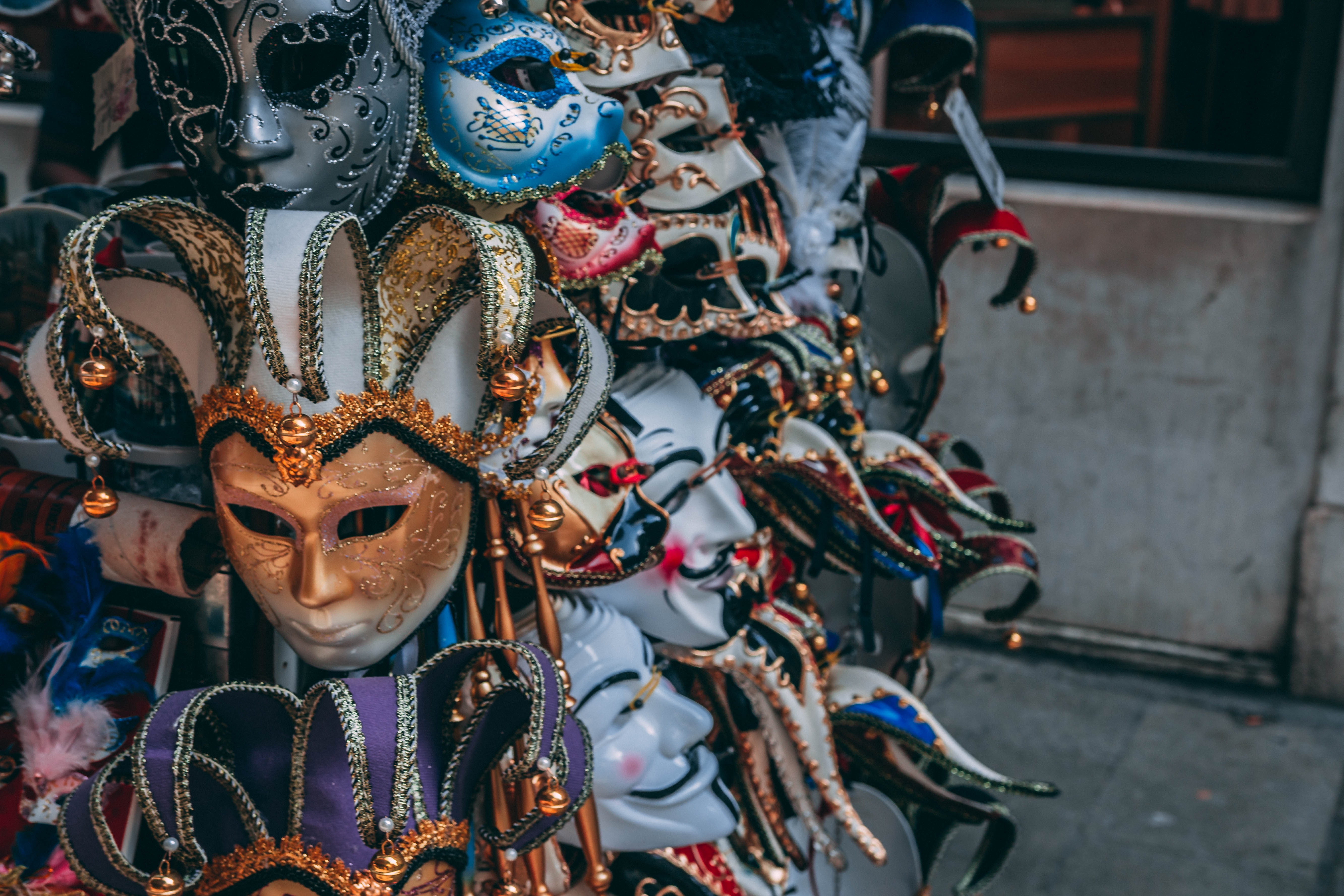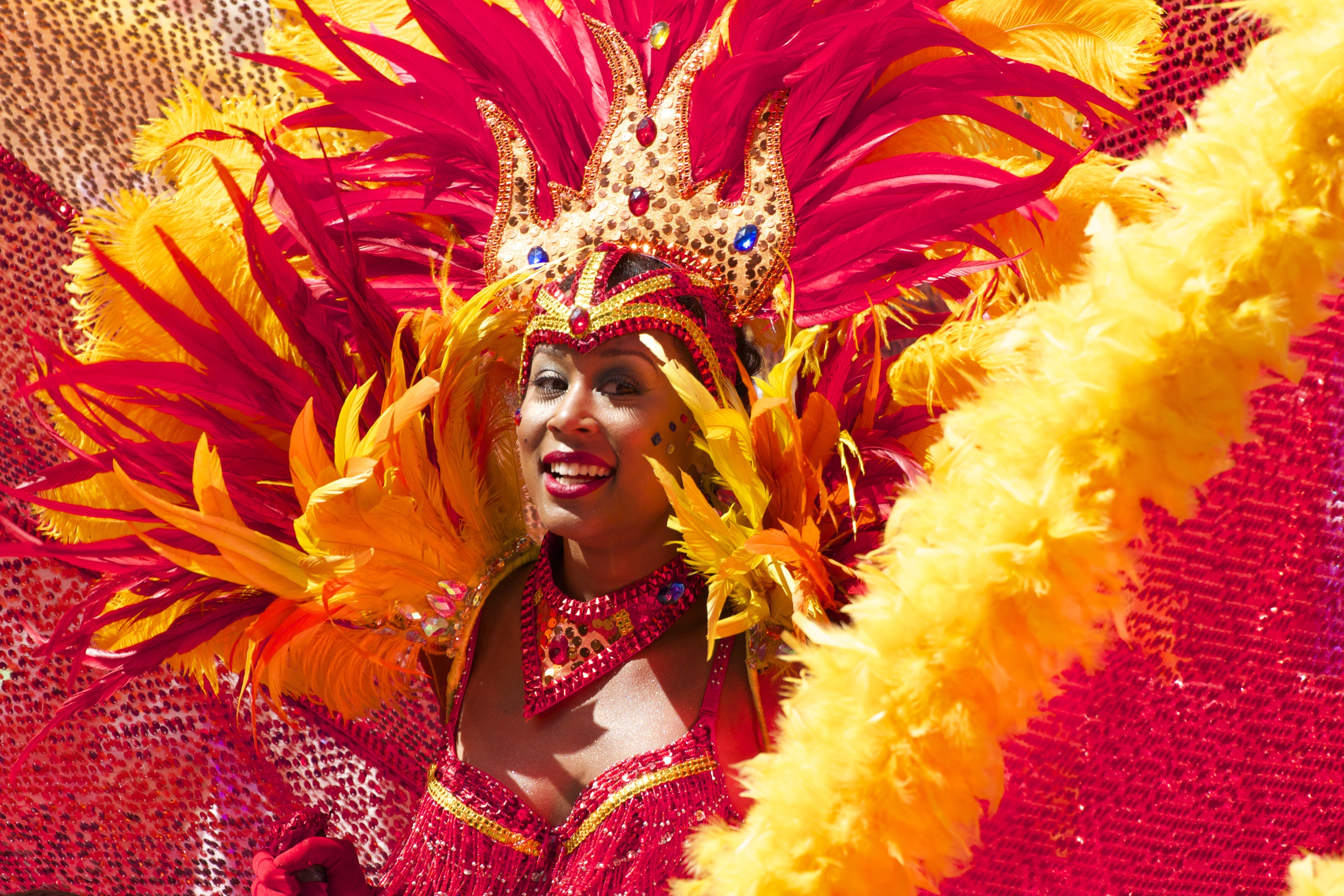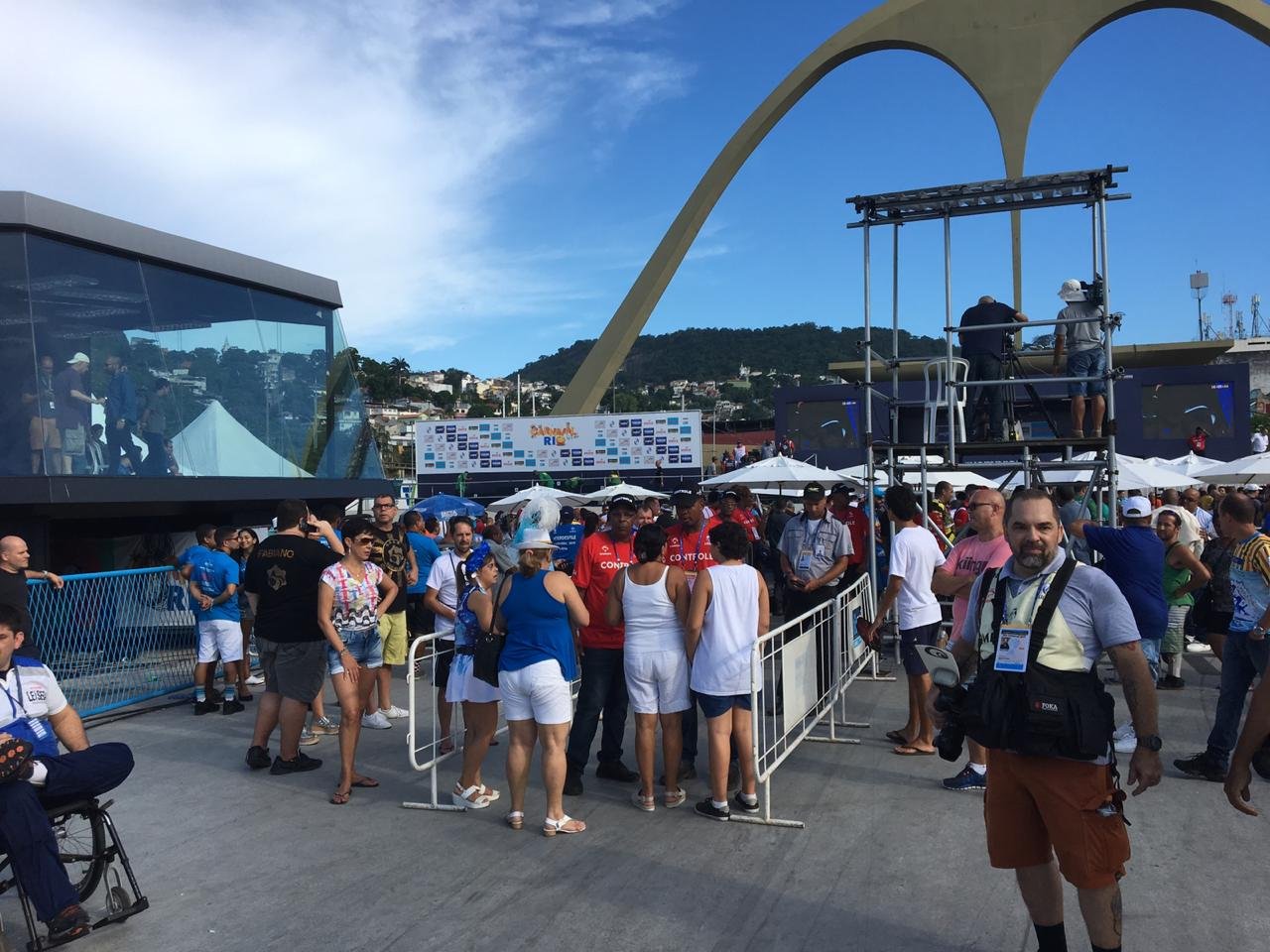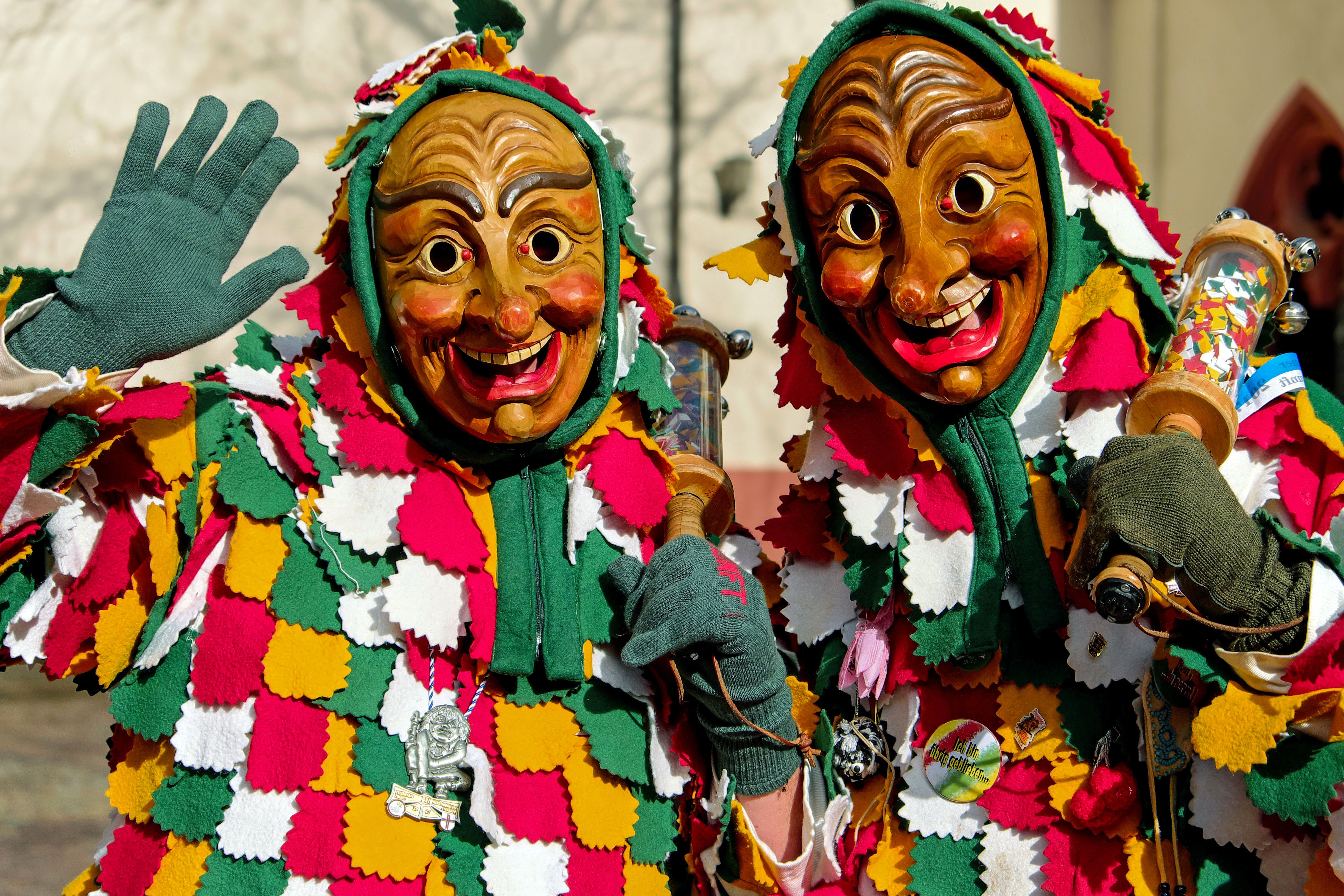The majority of us have all either seen on TV, or been at a Carnaval celebration – but does anyone actually know what its about? I found out why certain countries celebrate Carnaval -and why for example its not something we have in the UK- before I came here, but I was still not particularly interested in it.
Yesterday I spent the day with some Brazillians who took me down to the, “Sambódromo“, (the stadium type place where people watch the parades), to buy a ticket for the “finals” of the “competition” on Saturday. I was thinking “how can there be “finals” of a parade?”. When they started explaining to me how it all worked and why it is SUCH a big deal in Brasil I became much more interested.
How Carnaval Started
The exact origins of Carnaval are specific to each country, and the reasons, and methods of celebrations are also different depending on which part of the world you are in.
However, Carnaval takes place in most Western Christian, (predominantly Catholic), countries and the original intention was to try and drive away evil and the darkness after the Winter Solstice, and to prepare yourself for Lent. During Carnaval season people traditionally, (and still!), over-eat, over drink, dress, “inappropriately”, and do all the things that society frowned upon.
It was/is a period of over-indulgence before the fasting of Lent, where animal products were not eaten. Because of this, during Carnaval season dairy products were limited and so the idea of “Pancake Day” came about, as one final glut of delicious dairy. If you want to read more about Carnival then click here
The Wearing of Carnaval Masks

The wearing of masks, which had accentuated and grotesque facial features, such as huge noses and cheek bones, coupled with the use of a lot of phallic symbology, allowed people to express themselves sexually.
Kissing in public, homosexuality, cross dressing, and freedom of expression was, “tolerated”, for the most part during this season, and so was vitally important for the advancement of the LGBT community.
To this day it remains hugely important amongst the LGBT community for the same reasons and so areas where there is a large LGBT community tend to have the most “eccentric” parades.
The Importance of Carnaval in Brasil

In the late 18th Century Afro-Brazillian dance troupes began to parade through their neighbourhoods performing with predominantly percussion instruments and their own style of dancing.
This was their method of expression of their culture and was almost like a sort of beauty pageant. The mini neighbourhood parades were/are known as “Blocos” and these Blocos were what formed the basis for the Samba schools. Nowadays, the Carnaval in Rio is the biggest in the world and has over 2 million people per day on the streets.
The Samba Schools
The Samba schools, (Escola de Samba), became popular in the 1920s and 30s, and started appearing in the poor neighbourhoods of the city. They were absolutely vital in the integration, acceptance and advancement of the Afro-Brazillian movement as they introduced the African heritage into mainstream education.
The Samba schools gave purpose to the young street kids, and gave them a chance to focus their energy into something positive. Nowadays in Rio De Janeiro there are roughly 70 schools which rehearse for roughly 4 months each year in build up to the Carnaval Parade.
The Parade

A mega famous Carnaval Queen called Vivianne Araujo
Each Samba school has roughly 75 minutes to parade through the 700m Sambódromo and showcase their costumes, their dancing skills and the floats they have created. Each school is judged on their performances and people go crazy for the school that they, “support”.
People passionately follow the Samba schools and their build up to the performance, much in the same way that people follow football. The parades run for a total of 4 consecutive nights, with the more “amateur” schools performing on Friday and Saturay and then the “Specialist” schools performing on Sunday and Monday. On Wednesday the Judges then “score” the performances on a variety of categories.
What I found very warming but also hilarious when I went to see the scoring of the parades is that the scores for everyone and everything are all near perfect and the margins of winning are so small. The minimum score I saw was 9.7!
The “finals” of the event are on Saturday and I have tickets for this so I am hoping to get good footage of it to show you all! If you have any questions/ suggestions on improvements/ things you would like to know more about then just ask!

Everybody preparing for the results of the parades

Isn’t it a-ma-zing?
Eu te falo depois do sábado quando o tiver visto!